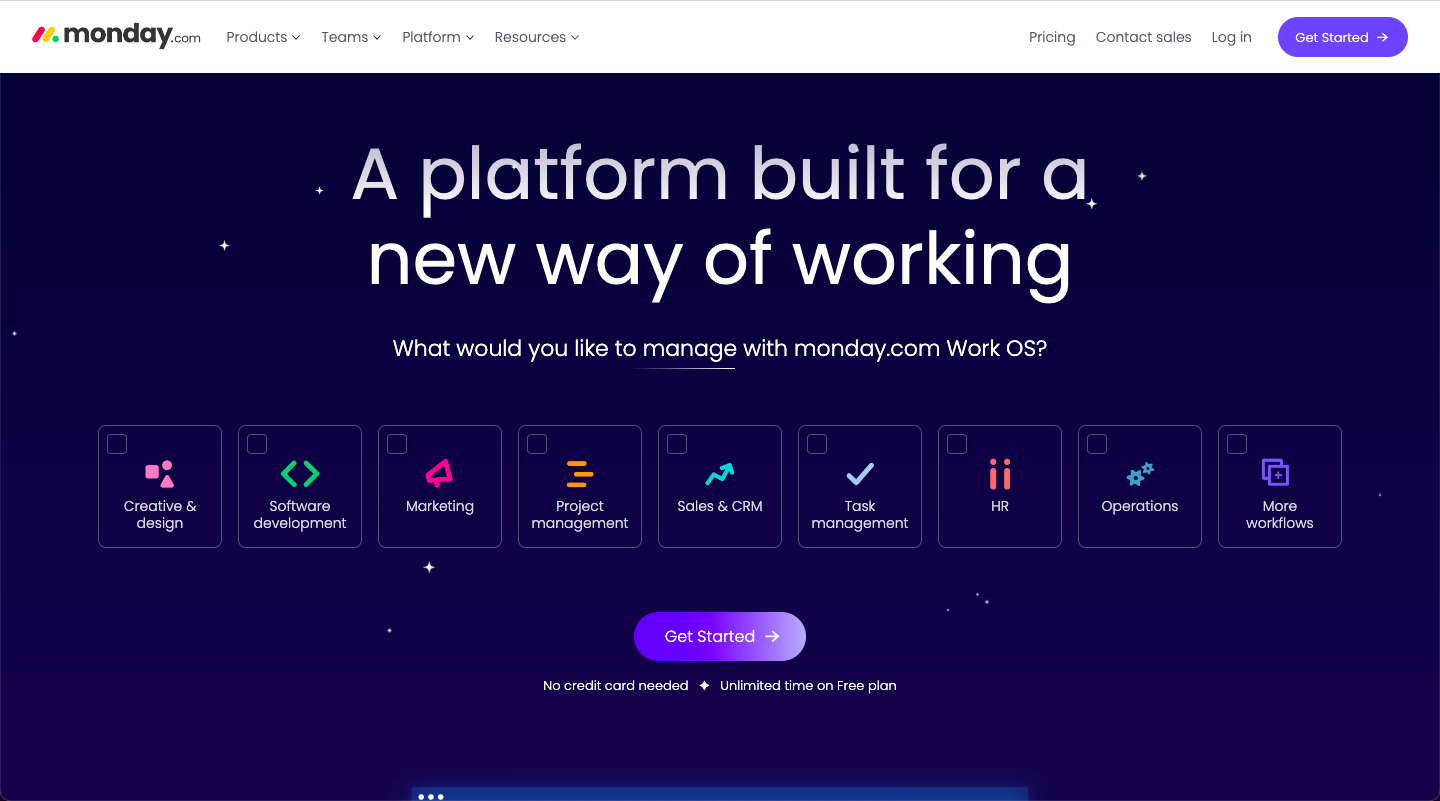Monday.com is a cloud-based Work Operating System (Work OS) that powers teams to run projects and workflows with confidence. It provides a digital workspace for teams to manage tasks, collaborate, and track progress, enabling organizations to build custom workflow apps in a code-free environment - to suit their needs.
One of the standout features of Monday.com is its Gantt chart functionality, which helps project managers and team members visualize the project timeline and track task dependencies. In this tutorial, we will walk you through the process of creating and using Gantt charts in Monday.com.
Main Benefits of Using Gantt Charts
- Visual representation of project timeline: Gantt charts provide a clear and comprehensive view of the project schedule, making it easier for team members to understand the start and end dates of tasks, milestones, and dependencies.
- Improved project planning and management: By displaying tasks and dependencies in a visual format, Gantt charts help project managers identify potential bottlenecks and make necessary adjustments to keep the project on track.
- Enhanced team collaboration: Gantt charts facilitate communication among team members by providing a shared view of project tasks, deadlines, and progress. This ensures everyone is on the same page and can coordinate their efforts effectively.
- Easy progress tracking: Gantt charts enable project managers and team members to monitor project progress and quickly identify any delays or deviations from the planned schedule.
Step-by-Step Guide to Using Monday.com's Gantt Chart Feature
Step 1: Create a new board
To get started with Monday.com's Gantt chart feature, first create a new board by clicking on the "+ New" button in the left-hand menu, and then select "Board." Choose a suitable template for your project or create a custom board from scratch.
Step 2: Add columns
Add relevant columns to your board to capture task details such as task name, assignee, start date, end date, and status. To add a column, click on the "+ Add Column" button on the right side of the board.
Step 3: Enter task information
Populate the board with tasks and relevant information. Enter the task name, assign team members, set start and end dates, and update the status as needed.
Step 4: Enable the Timeline view
To access the Gantt chart feature, click on the "Add View" button located at the top right corner of the board. Select "Timeline" from the available options to enable the Gantt chart view.
Step 5: Customize your Gantt chart
In the Timeline view, you can customize your Gantt chart by adjusting the timescale, adding dependencies, and setting milestones. To create a dependency, click on a task and drag the connector line to the dependent task. To set a milestone, click on the "Milestone" button at the top of the screen and place it on the desired date.
Step 6: Track progress and update tasks
As your project progresses, update the task status and adjust the start and end dates in the Gantt chart as needed. The Gantt chart will automatically reflect these changes, providing an up-to-date visual representation of your project timeline.
Step 7: Collaborate with your team
Share the Gantt chart with your team members to keep everyone informed about the project schedule and progress. Team members can view, update, and collaborate on tasks directly from the Gantt chart, ensuring seamless communication and efficient project management.
In conclusion, Monday.com's Gantt chart feature is a powerful tool for project managers and teams to visualize, plan, and manage projects effectively. By following this step-by-step guide, you can leverage the benefits of Gantt charts to streamline your project management process and enhance team collaboration.

